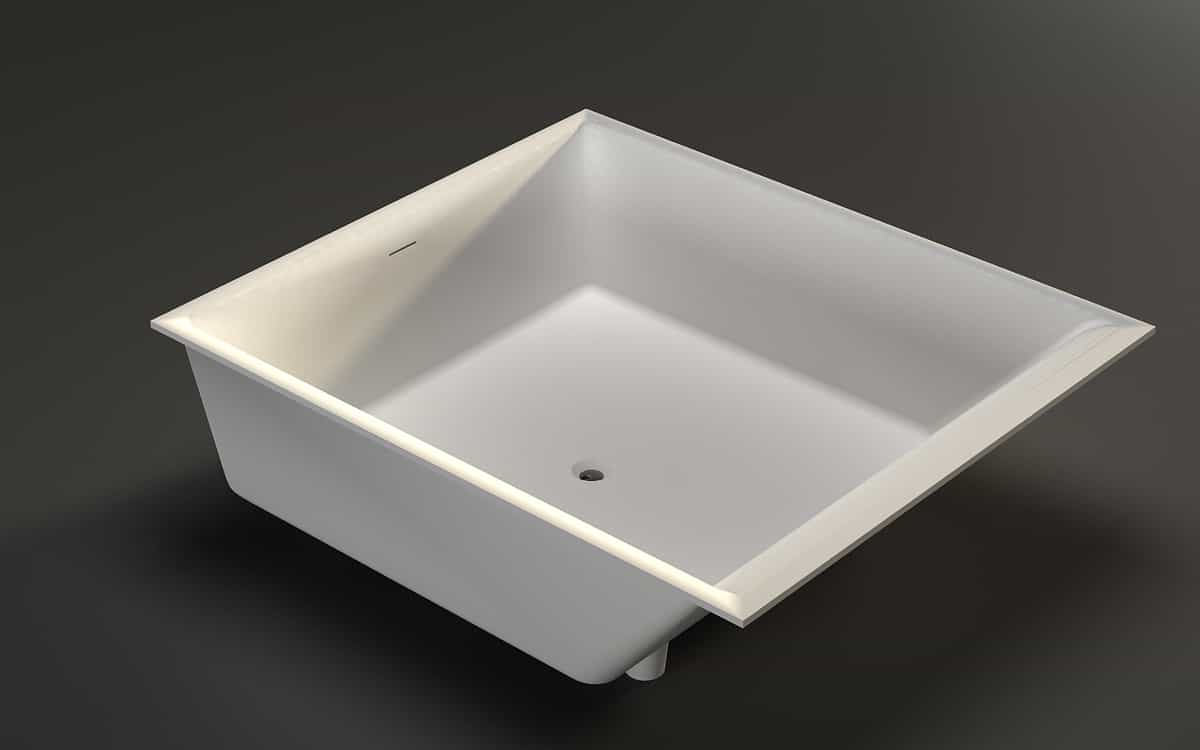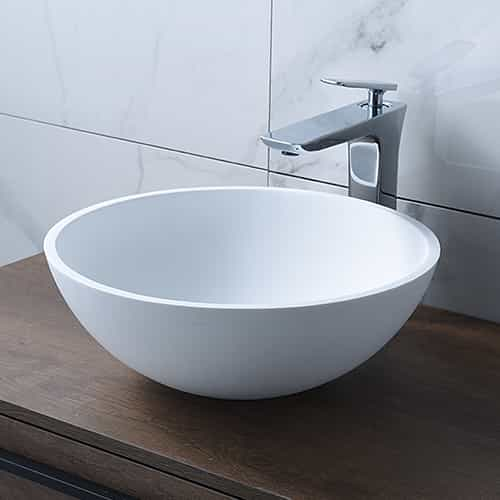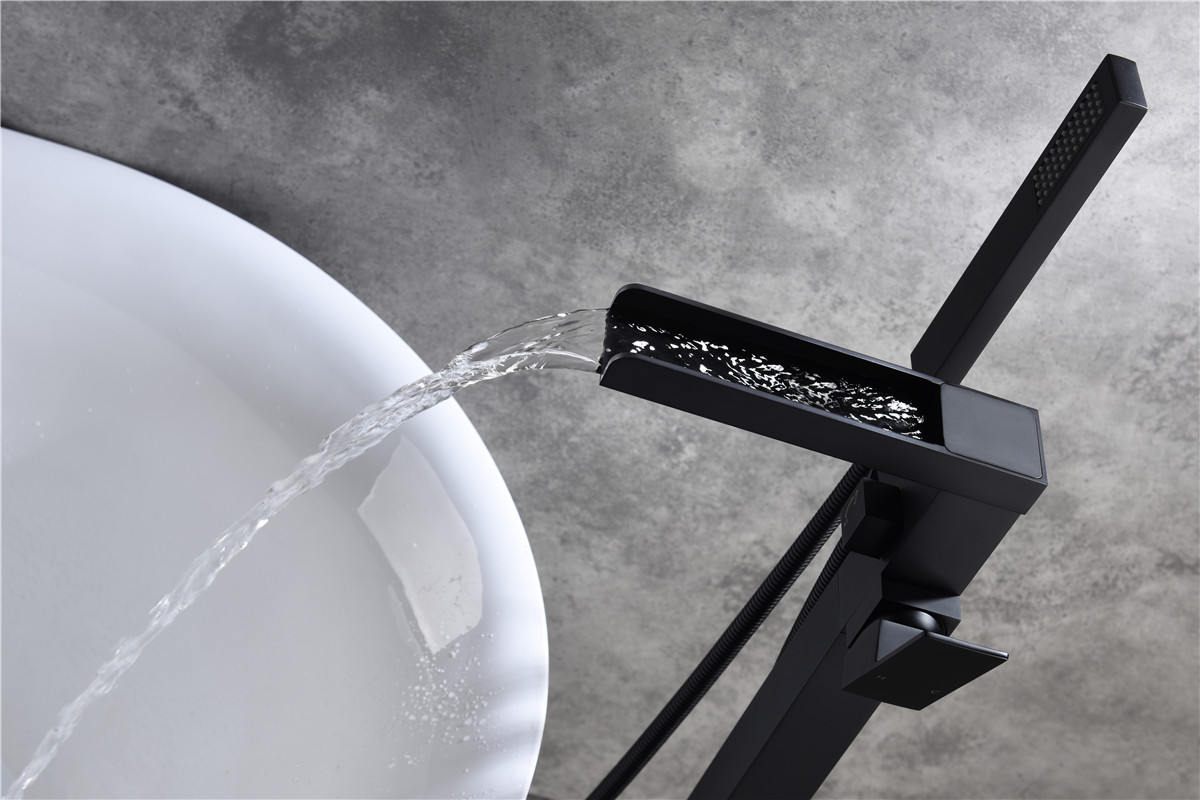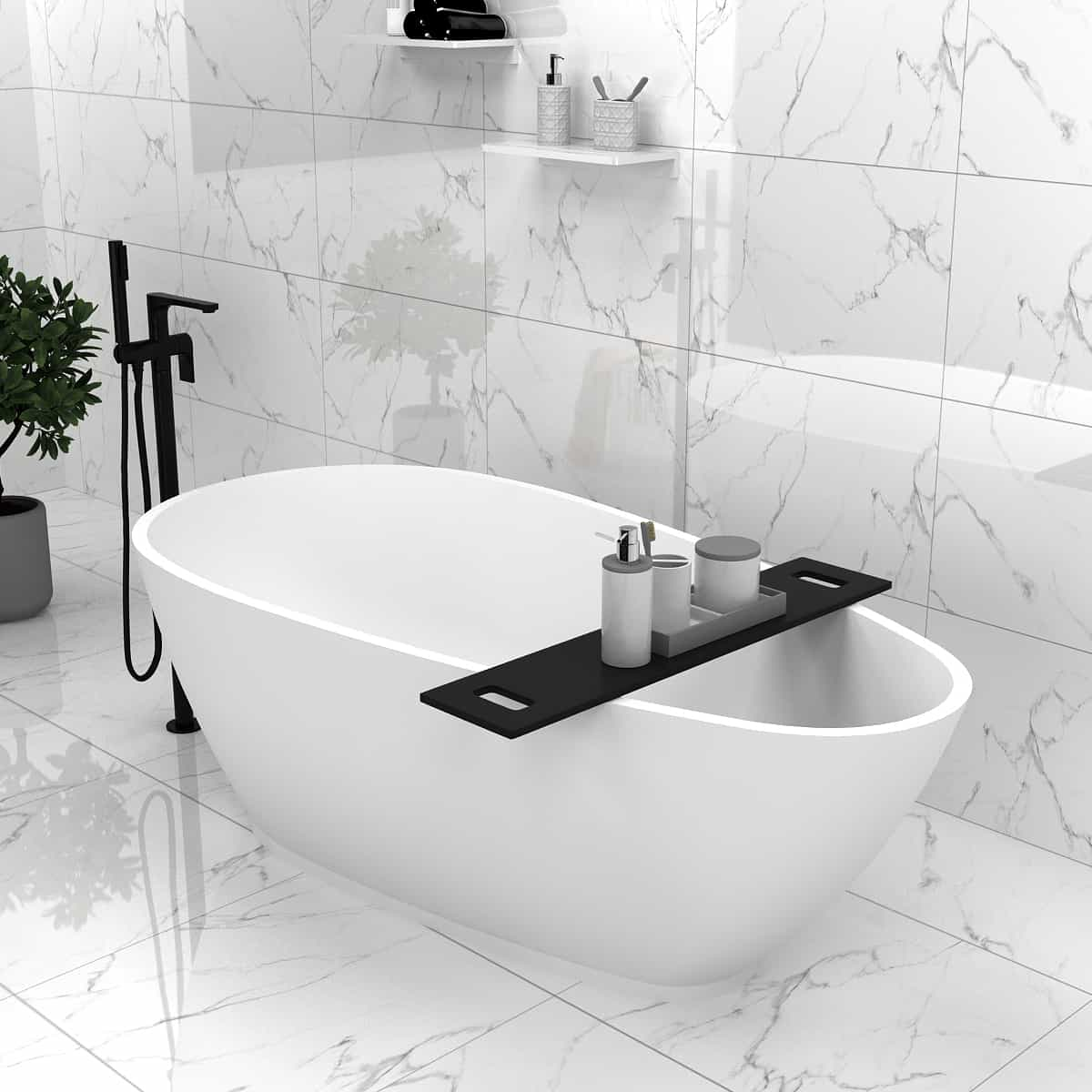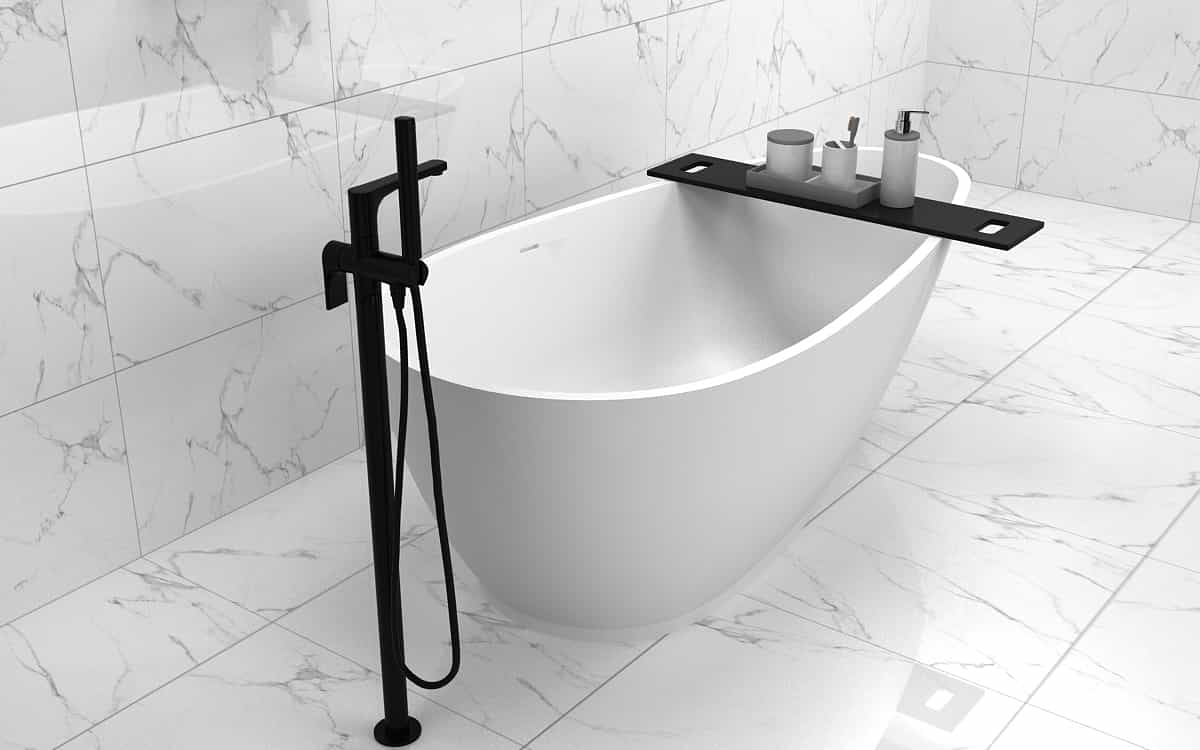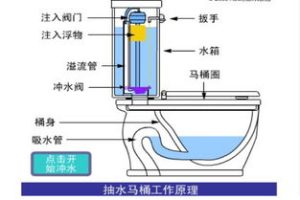
The toilet is a must-have item for each of our families. As the saying goes, people have three urgencies, and these three urgencies cannot be separated from the toilet. It can be seen that the importance of the toilet has been inseparable from people’s lives since ancient times. Most of the toilets on the market today are flush toilets. Some friends who are more thoughtful may think about the flush toilet. What is its working principle and what is its internal structure like? Friends who love to think are blessed today, because today I will bring you the structure diagram of the flush toilet and the introduction of its working principle.
Let’s take a look at the structure diagrams of the two flush toilets first.
After reading the structure diagram of the flush toilet above, do you think that the internal structure of the flush toilet is not so difficult to understand? In fact, the flush toilet is mainly composed of water pipes, water inlet pipes, water outlet pipes, seepage pipes, water discharge knobs, floats and levers.
Let’s take a look at the working principle of the flush toilet
The working principle of the flush toilet generally revolves around its only components, that is, when we finish using the flush toilet, we will press the waterproof button on the water tank. At this time, the button will pull up the water plug through the lever. At this time, The water in the water tank will flow out. When the water in the water tank is drained, the outlet plug will automatically drop to block the water outlet. The water plug is pulled up, which allows water to enter the tank.
The above is a simple explanation of the working principle of the flush toilet. In professional language, the working principle of the flush toilet is the siphon principle. This principle means that the water in the flush toilet refers to the S-shaped bend under the toilet, and the The principle is that when the water in the toilet exceeds the point of the S bend when draining water, the so-called siphon principle will be produced. The siphon can suck away the dirt and sewage in the toilet together, and it will continue When you know that there is only a little water left in the siphon, the siphon will stop, leaving a little water and becoming a water seal.










